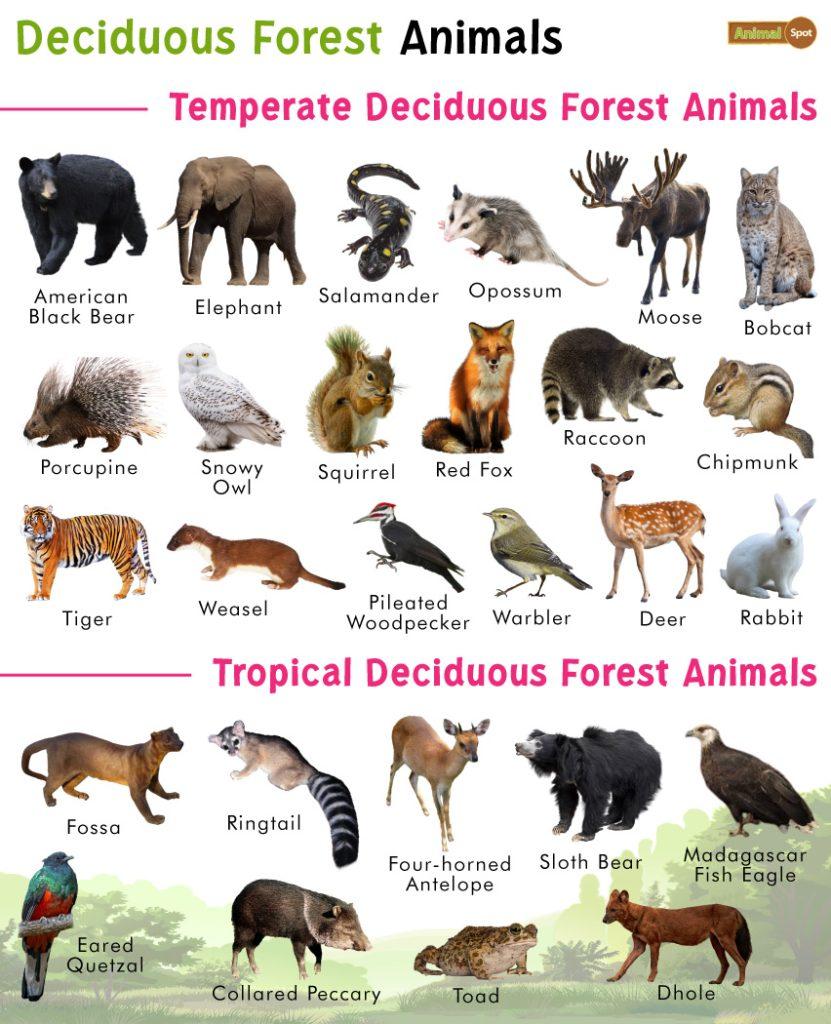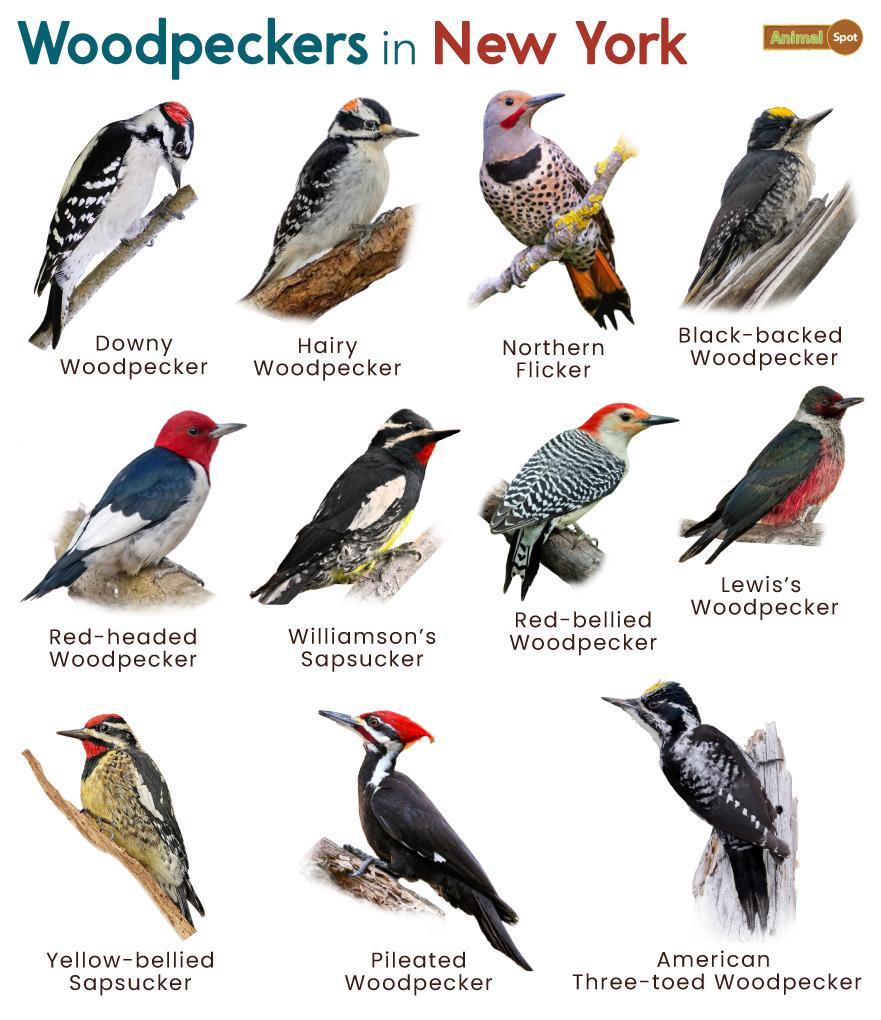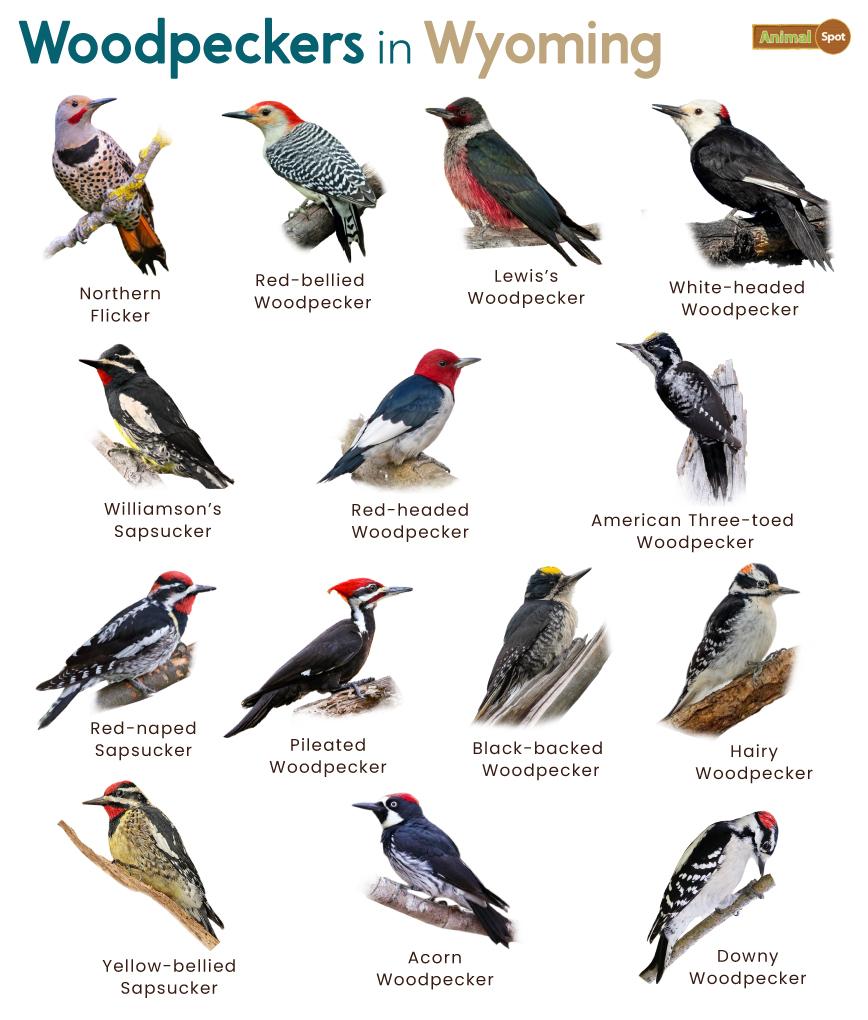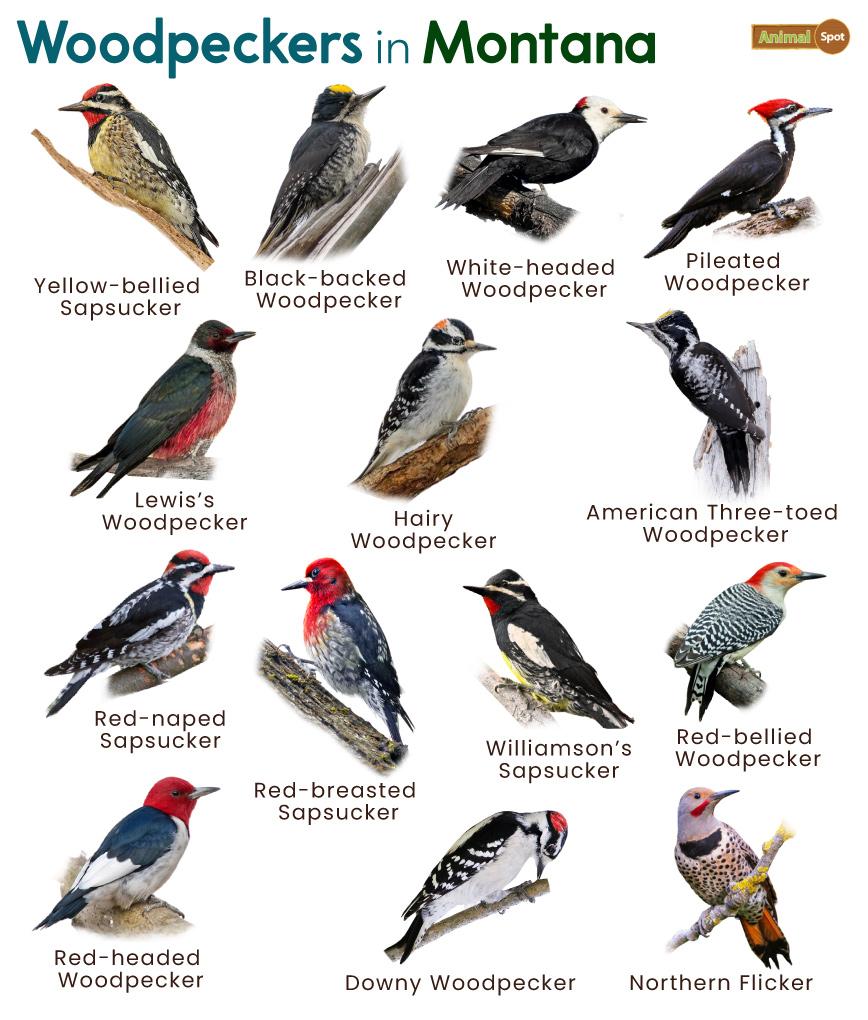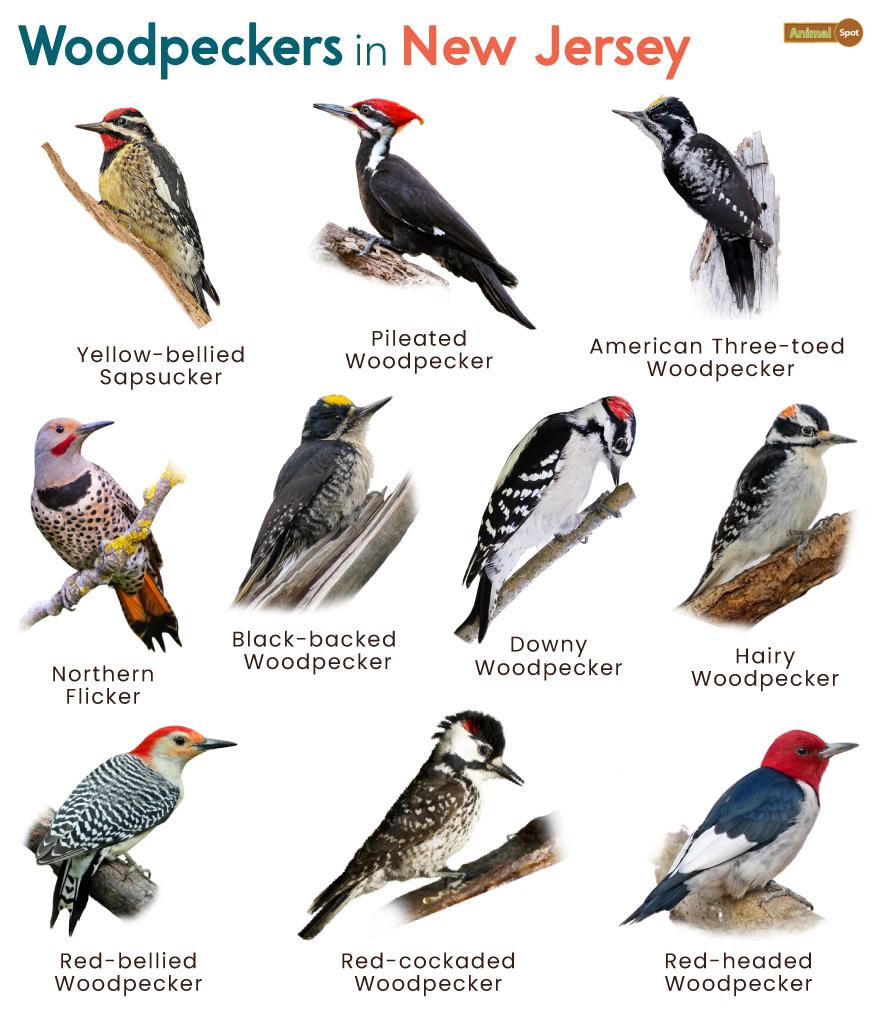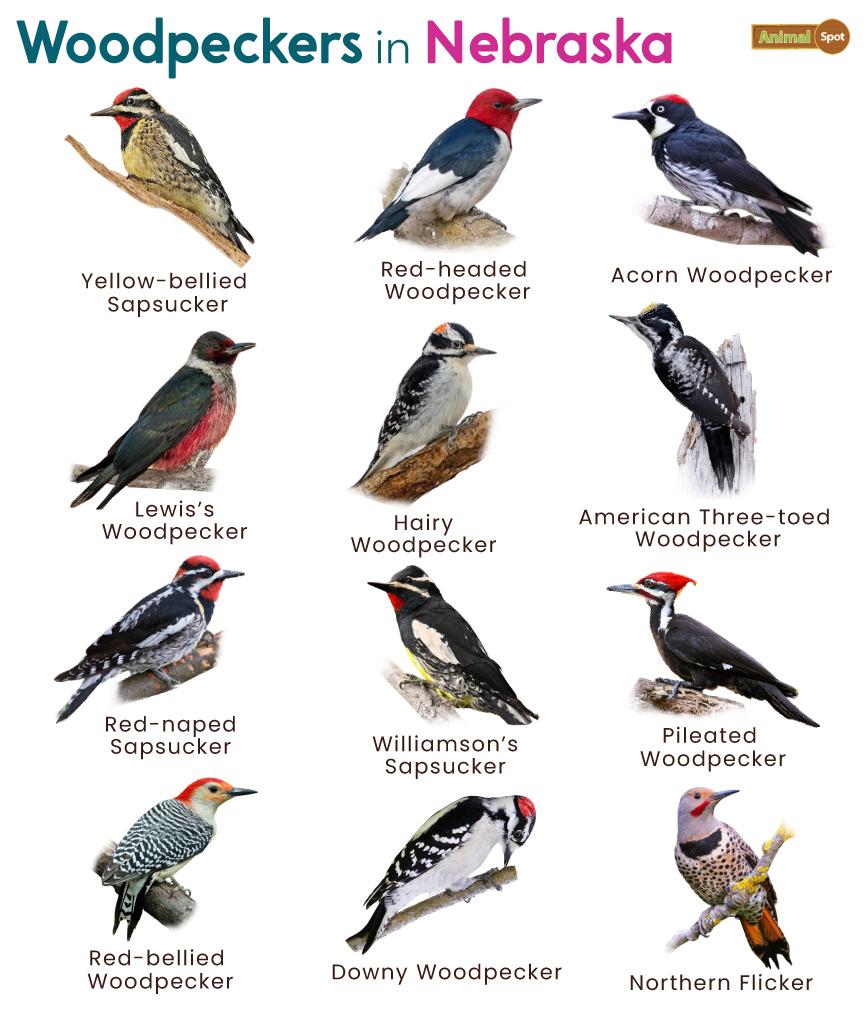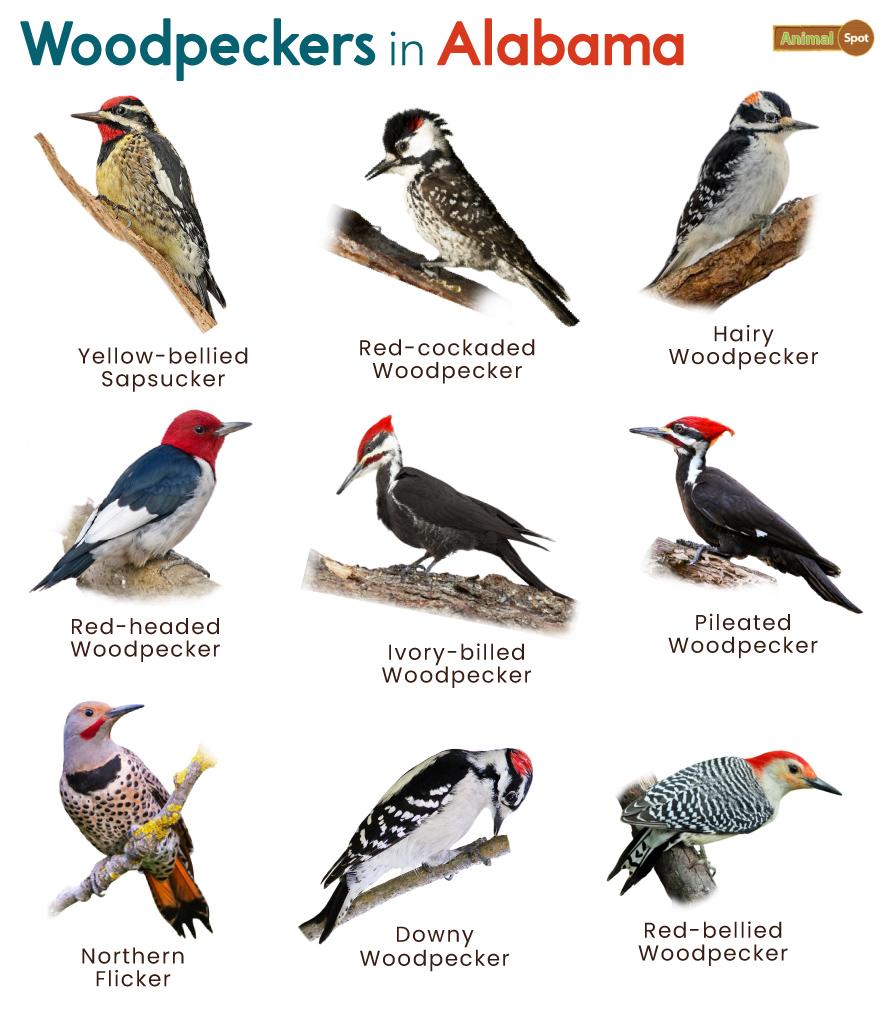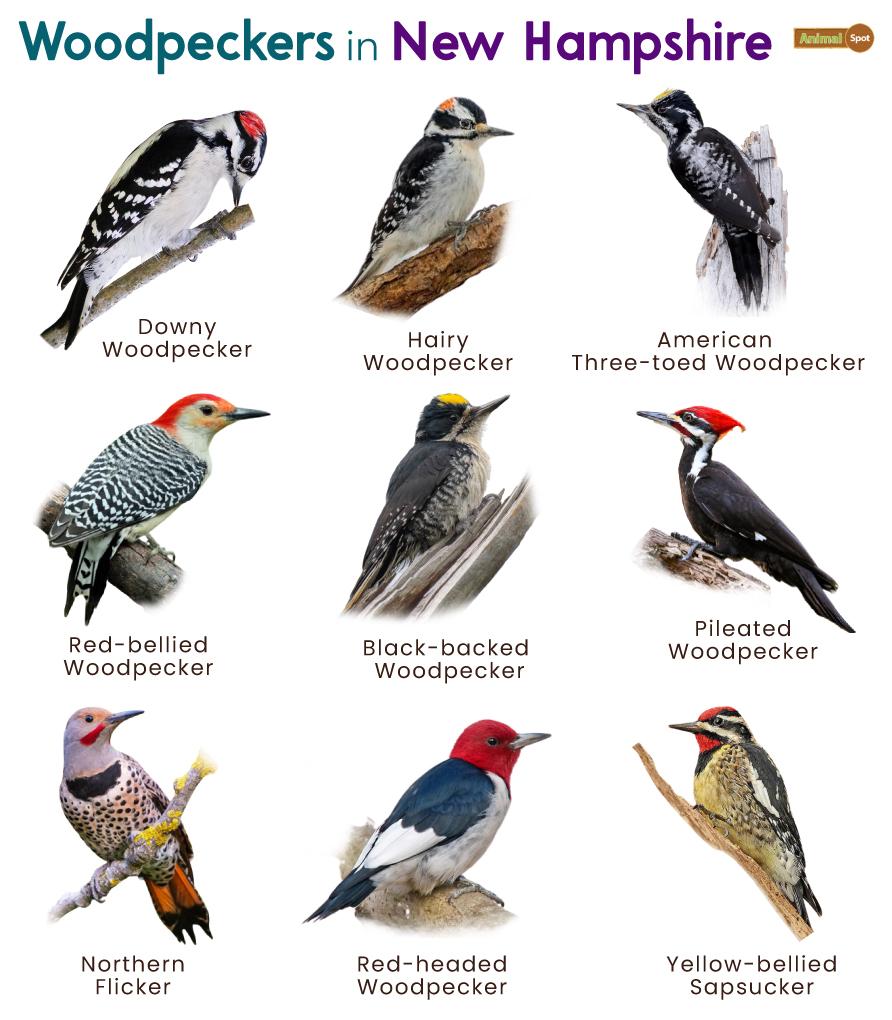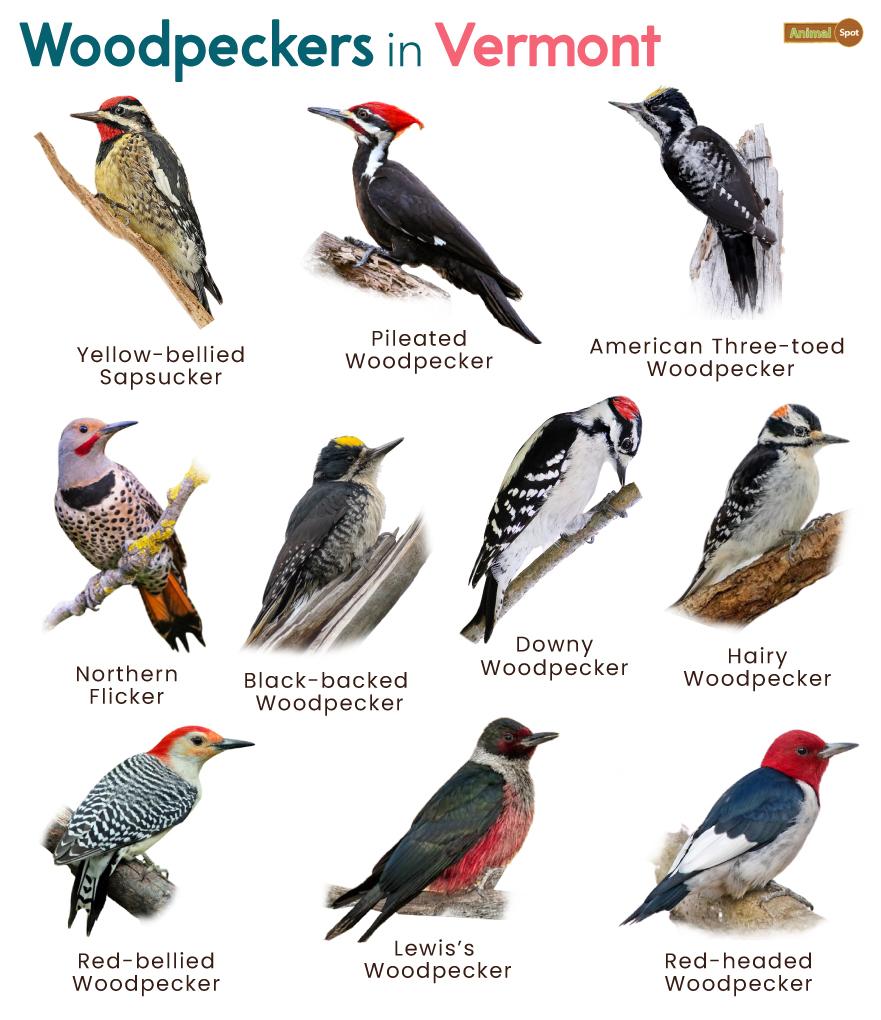Deciduous forests known for its diverse range of flora and fauna stands out as one of the world’s highly populated biomes. One could find deciduous forests in most of the continents, from Europe to the western parts of Asia (North Korea, South Korea, China, Japan), as well as parts of the United States and Canada. The two deciduous forests common worldwide is the temperate and tropical.
The common trees found in the deciduous forests include birch. maple, aspen, oak, magnolia, sweet gum, and beech. The deciduous forests mainly the one lying in the temperate zone goes through four distinct seasons, spring, summer, fall, and winter, with the hot season being extremely warm and the winter months chilling cold.
These forests are home to a wide variety of animals from mammals to reptiles, birds to insects as well as amphibians.
List of Animals in the Deciduous Forests
Temperate Deciduous Forest Animals
Mammals
Birds
Insects
- American Burying Beetle
- Bee
- Ladybug
- Praying Mantis
- Spider
Reptiles
Amphibians
Tropical Deciduous Forest Animals
Mammals
Birds
- Eared Quetzal
- Madagascar Fish Eagle
Reptiles
- New Caledonian Giant Gecko
Adaptation Techniques of Animals in the Deciduous Forests
Migration and hibernation – Most animals of deciduous forests migrate and hibernate to manage and cope with the changing temperature levels. The bears forage during spring and summer but get into their den in winter. Many hibernating animals feed heavily before winter sets in so that their coats grow thick and long enough to warm them through winter. Most of them, mainly the bird species, migrate to warmer areas in winter where food and water are abundant.
Tendency to store food – Chipmunks, squirrels, and certain species of jays store reserves of nuts and seeds widely available in summer in hollows of trees or under fallen leaves. These animals do this to survive during winter when food is scarce.
Diet
The deciduous forest animals follow a herbivorous, carnivorous or omnivorous diet. The food web of these animals is divided into primary, secondary, and tertiary. The plants are the produces, fed upon by the members of the primary level, including rabbits, rodents, insects, small birds, and deer.
The secondary group includes carnivores and omnivores like bears, hawks, cougars, and owls. The tertiary consumers feed on the secondary group and comprise scavengers like vultures, wolves, or carnivores.

